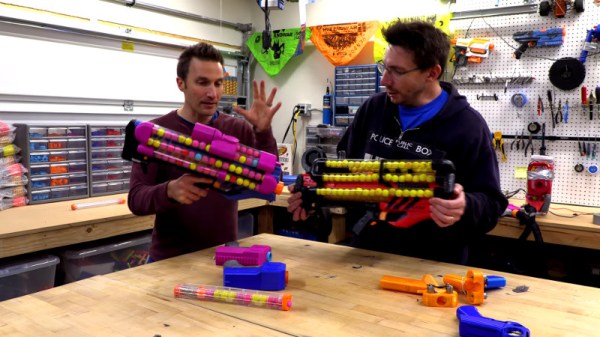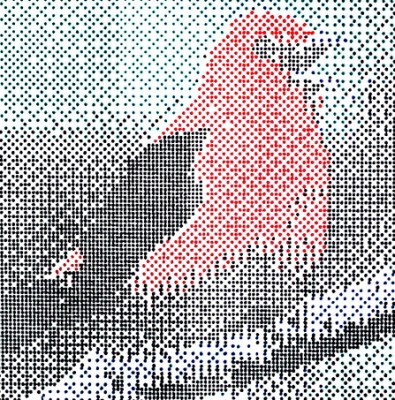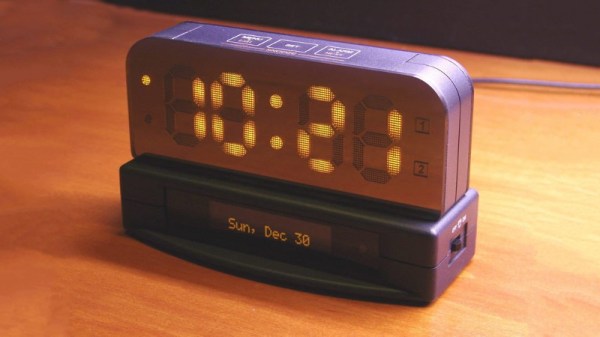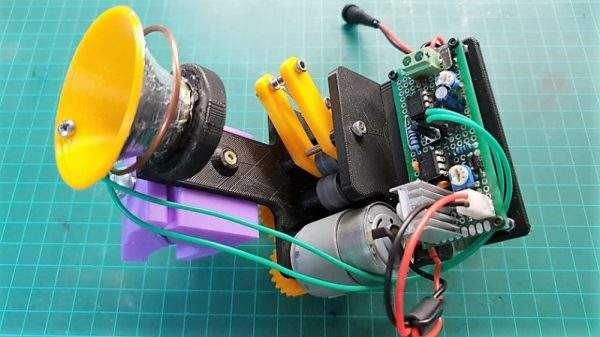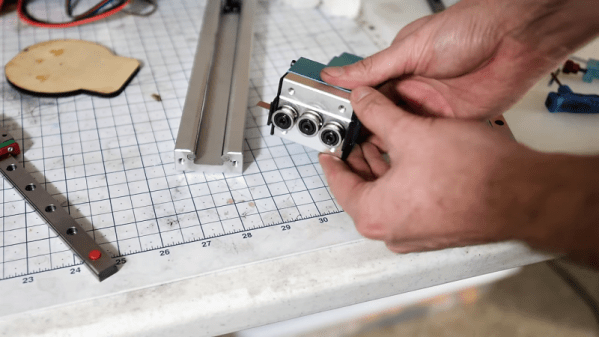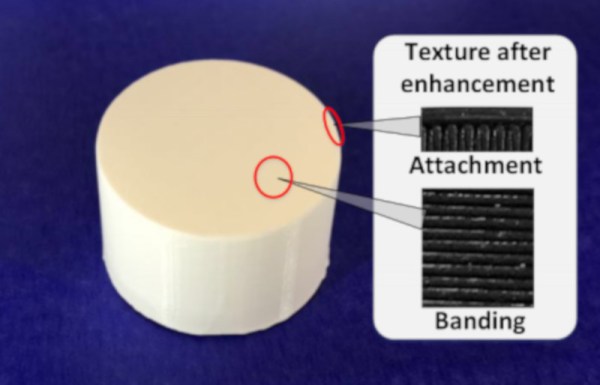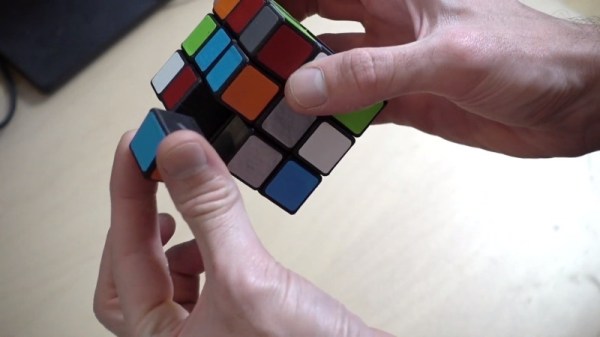Nerf guns are a great way to annoy parents. Simply give them as a gift to any child, and watch precious family heirlooms tumble to the ground as little Holly commando rolls behind the couch to avoid enemy combatants invading the loungeroom. Adults may find them lacking in stopping power and firing rate, but not to worry – there’s plenty to be done about that. [3D Printing Nerd] took a trip to visit the [Out of Darts] workshop, to check out some seriously hardcore blasters.
[Out of Darts] runs as a store that sells all manner of tools and components for hopping up Nerf blasters, but they also sell complete original builds as well. The video showcases all manner of hardware, from powered backpack ammunition hoppers, to drain blaster shotguns and multirocket launchers. The workshop also contains 22 Prusa i3 printers that run 24/7 producing parts, barring breakdowns. Injection moulding, eat your heart out.
Things have come a long way since the old days of swapping in big springs to Hasbro blasters and crossing fingers that nothing breaks. 3D printing allows the home maker to produce just about any part imaginable without requiring advanced machine tools or special skills beyond the use of garden variety CAD software. It’s not the first time we’ve seen 3D printed Nerf blasters, and we’re sure it won’t be the last either. As always, tip ’em if you got ’em. Video after the break.

